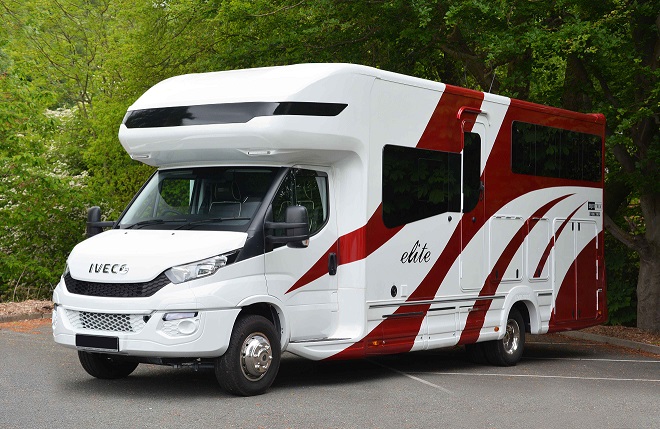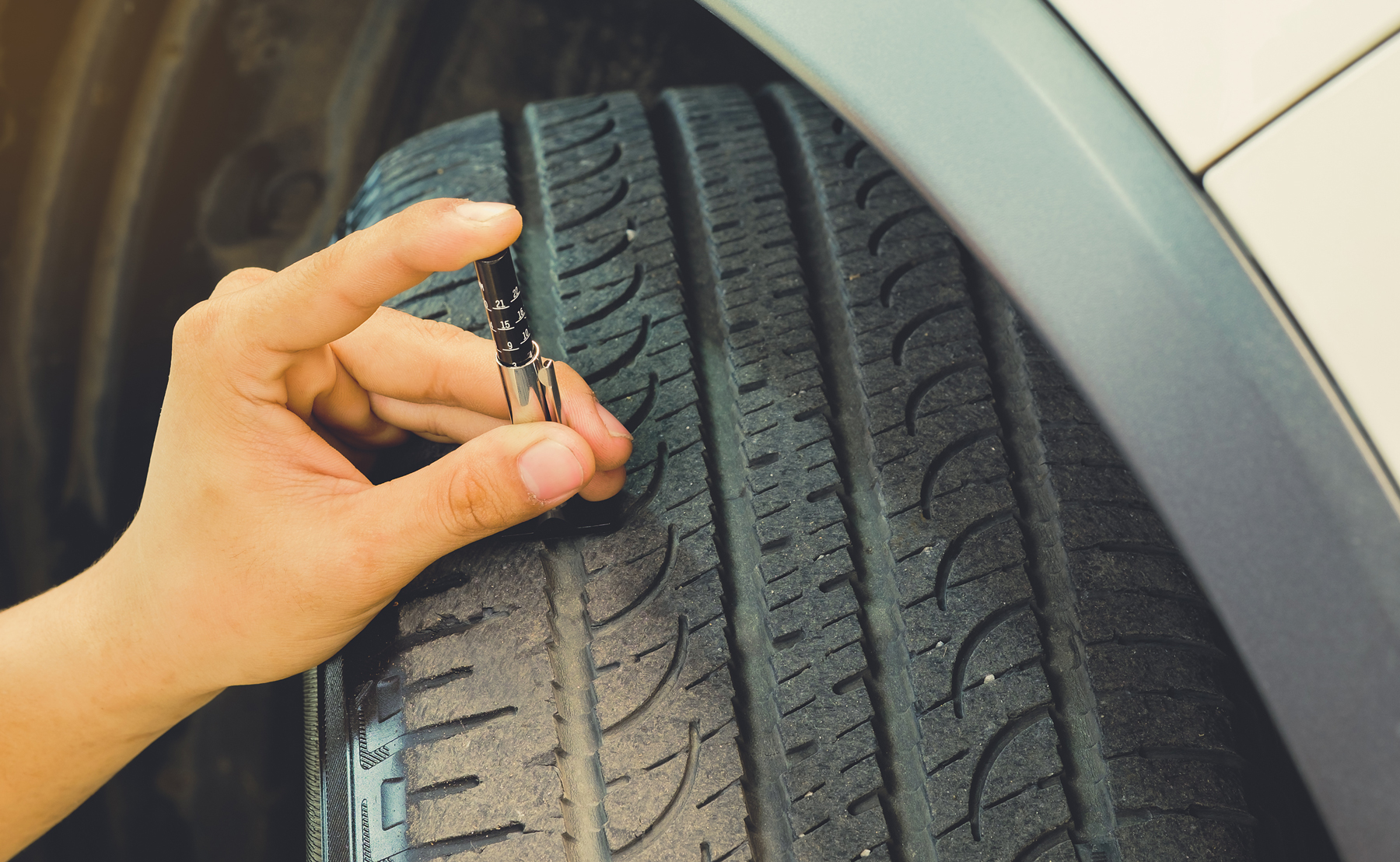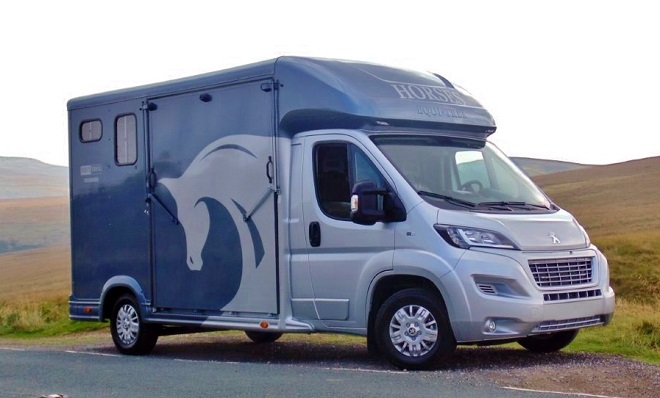Horseboxes are needed for many reasons throughout your horse’s life. From periodic trips to a vet or new grazing, to more frequent travel to horse shows and equestrian events. These journeys can be stressful, especially if your equine friend is a reluctant traveller. However, the real peril may be hiding not at the destination or on the road but in the horsebox itself.
Horsebox insurance can cover you for damage to the horsebox but won’t stop the accident. Prevention is far better than cure. Reading these tips on checking for horsebox hazards today could stop potential heartache in the future.
Horsebox requirements
Whether Comprehensive, Third Party, Fire and Theft, or Third Party Only, having adequate horsebox insurance is a legal requirement before you hit the road.
Choosing the correct level of cover could protect you and other road users from the financial fallout of an accident.
Horseboxes under 3.5 tonnes need a current MOT certificate, while those over 3.5 tonnes must also display an up-to-date plating certificate. You can find further details of the annual test on the government website.
VOSA, the government body responsible for testing, has invaluable guidance for horsebox owners on the 10 most common reasons vehicles fail the test and details of fortnightly tests you can carry out yourself.
There are also some suggested questions you can ask your mechanic.
Be aware that this test does not check on the vehicle’s safety and suitability for carrying horses.
The British Horse Society recommends getting your vehicle professionally serviced at least once a year. Always ask if they’ll check the serviceability of the horsebox floor.

Six common horsebox hazards
Let’s take a look at some of the most common horsebox hazards. If you find any damage then contact your horsebox insurance provider immediately to see if you’re covered.
-
Damage to the horsebox body
Perhaps the most obvious place to start is the body of the horsebox itself. Both inside and outside need to be inspected before travel to prevent injury during transport. Look for things like:
- Obvious bulges along the sides of the horsebox
- Signs of damp, rust or water damage
- Suspension problems, when the horsebox is leaning to one side on level ground
- Unsecure breast/breach bars
- Sharp edges or rips in partitions that need repairing
-
Perished floor and ramp
Just because a horsebox looks in good condition doesn’t mean there aren’t hazards. Not all damage is visible and there may be plenty of problems hiding beneath a sleek exterior.
The thought of your beloved companion’s leg falling through a rotten floor while you’re doing 60mph on a motorway doesn’t bear thinking about.
- Remove rubber matting and check the integrity of the floor. Horsebox floors are often made of plywood that can easily rot and eventually collapse due to heavy use.
- Check drainage holes for blockages to keep the floor as dry as possible.
- Check for rust or damage to any hinges or springs – can the ramp still be operated by only one person?
- Is the ramp loose or unstable? Many injuries happen when loading or unloading horses.
- Check the ramp hasn’t become weak or damaged and any metal trim is still in place.
-
Worn tyres
Horseboxes overturning after a tyre blowout or skidding dangerously while braking in the wet are just some of the dangers caused by worn tyres.
- Horseboxes under 3.5 tonnes must have a minimum tread depth of 1.6mm across ¾ of the tyre. Horseboxes over 3.5 tonnes must have a minimum of 1mm of tread depth.
- Look all over each of the tyres, making sure there aren’t any cuts, tears or bulges.
- Remove any stones or other objects embedded in the tyre tread.
- Check for damage to the tyre sidewall – UV light causes perishing over time.
- Use a pressure gauge to check your tyre pressure. Refer to your owner’s manual if there’s any doubt. There might be a different recommended pressure depending on the season or load.
- Check wheel nuts are secure.

-
Defective lights
The dangers of towing an unlit horsebox are obvious, particularly as other road users need to give you extra room for braking and manoeuvring.
- Check any sockets for damage.
- Look out for split cables or exposed wires.
- Clean your lights and make sure they’re in full working order both internally and externally.
- Double check brake lights and indicators before leaving.
- If you’re using a separate vehicle to tow a horsebox then the electrical connection between them must be secure.
-
Exceeding maximum payload
A large vehicle like a horsebox exceeding its maximum payload limit is asking for trouble. Being too heavy can create handling problems for the driver which will only get worse in poor weather.
Even on a regular day the extra weight can make slowing down more difficult, and if a crash does happen it can be more deadly.
- Know the true payload of your horsebox. Payload is the permitted weight allowed without exceeding the vehicle’s carrying capacity.
- Visit a weighbridge if you’re not sure.
- At the weighbridge, weigh the horsebox empty but with enough fuel and water for regular use – this’ll give you the unladen weight.
- Then take this away from the maximum your horsebox should weigh – this will give you your payload weight limit.
-
Carbon monoxide
Some horseboxes are a home away from home and feature internal heating systems. Just as with a bricks and mortar home, carbon monoxide can be a silent killer. To reduce the risk of carbon monoxide poisoning, make sure that:
- You have your heating appliances serviced annually by a professional.
- You fix carbon monoxide detectors in the horsebox.
- You make sure detectors are maintained and replaced regularly.

With over 60 years’ combined experience in the insurance market our dedicated team can arrange insurance cover for all types of horseboxes from 3.5 tonnes to large HGVs, up to the value of £750,000.
Benefits can include:
- Cover for social, domestic and leisure use
- Business use available
- Windscreen cover on comprehensive policies
- Personal accident cover available on all comprehensive policies
- Values up to £750,000
- Legal cover available with all policies
- Breakdown cover including vehicle and horse recovery
Call the Equesure team today on 01480 220089 to discuss your insurance needs.
Policy benefits and features offered may very between insurance schemes or cover selected and are subject to underwriting criteria. Information contained within this article is accurate at the time of publishing but may be subject to change.






